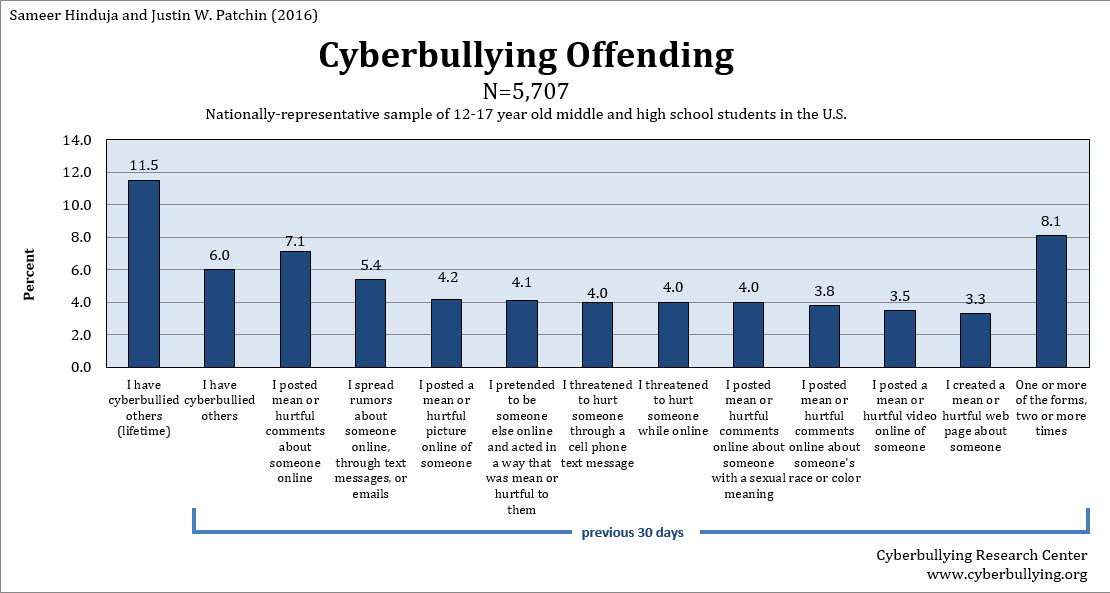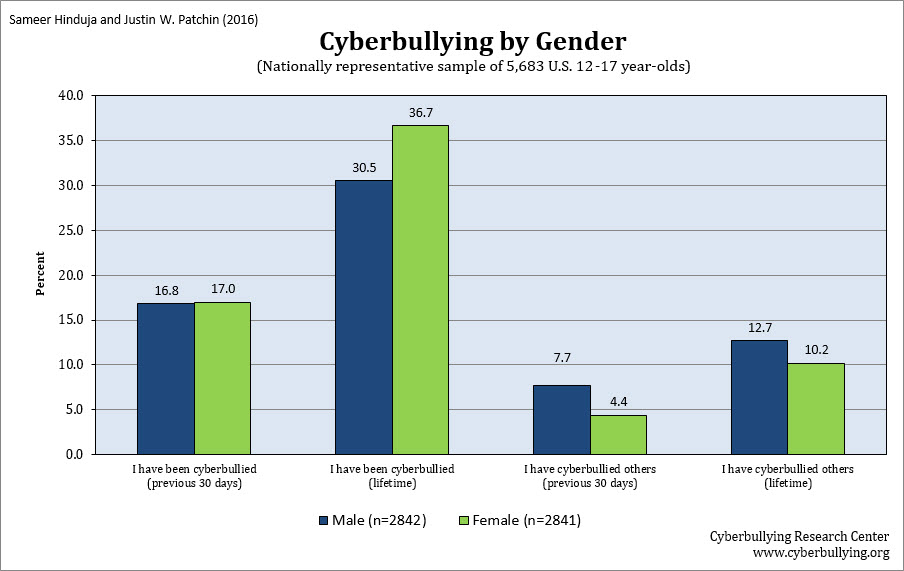In this article, Qamar of RMLNLU discusses the theories of abetment under the Indian Penal Code.
Introduction
Law keeps a check on human behaviour. It categorizes them into criminal and non-criminal behaviours. However, every non-criminal behaviour even something as simple as buying a knife for your kitchen becomes criminal when there are criminal intentions behind it. The concept of abetment widens the horizons of criminal law to incorporate these criminal intentions and penalize them even when the person who bought the knife did not actually kill anyone but handed it over to someone else to do it. To explain the concept of abetment, the word ‘abet’ should be given a deep scrutiny. In general use, it means to aid, advance, assist, help and promote. In the case of Sanju v. State of Madhya Pradesh[1] the honorable Supreme court defined ‘abet’ as meaning to aid, to assist or to give aid, to command, to procure, or to counsel, to countenance, to encourage, or encourage or to set another one to commit.[2] The definition of ‘abet’ as laid down, makes it clear that abetment only occurs when there are at least two person involved, which further directs us towards the arrangement and operation of the act.
This article has been chapterized into three parts. The article informatively discusses ‘Abetment’ under chapter V, VII and XVI of the Indian Penal Code.
Chapter V
One needs to understand the stages of the commission of a crime in criminal law, before tackling abetment. The four stages of a crime are-
- Formation of mens rea.
- Preparatory phase.
- Acting in accordance with the preparation or ‘Attempt’
- Injury caused.[3]
Different Penal Codes will pick a different path in order to decide the guilt gradations for different stages and subsequently the punishment. Sometimes one person commits an offence at the instigation of another person, while some other person may only be present there for help at the time of the commission of the offence, and still, some other person might help the principal culprit in procuring the tools. Therefore, it becomes necessary to mark the nature and degree of participation. Like the other inchoate offences, abetment is a preliminary crime and not a self-contained offence. ‘Abetment’ simply cannot be called an offence. It is more of a concept providing a premise to the construction of offences like abetment to do a thing and abetment to suicide.[4] The rationale is to widen the scope of criminal law so that there are some penal sanctions to the preparatory stages of a crime also. Chapter V of the IPC on abetment covers the different gradations of a criminal act considering the abettor is a different person and not directly involved in the act.
Section 107-120 in Chapter V relates to the definition of the crime, punishment duration and other particulars mentioned in the Indian Penal Code. Section 107 of IPC defines abetment to do a thing which was further interpreted in the case of Kishori Lal v. State of M.P[5]
- Section 108 talks about as to when the offence of abetment is complete. Section 108-A gives the code extra territorial jurisdiction for an offence committed in a foreign country.
- Section 109 state the term of punishment whereas section 110 prescribes the punishment for a criminal act which is abetted with a different set of knowledge and intentions and committed with a different set of knowledge and intention.
- Section 111 penalizes the unintended probable consequence of abetment which is supplemented by section 113.
- Section 114 makes the abettor liable for the main offence if he is present at the time of the commission of an offence.
- Section 115 and 116 penalizes abetment distinctively, in case the offence is not committed.
- Section 117 deals with abetment of offences by the public generally or large groups of persons.
- Section 118 prescribes the penalty for concealing the existence of a design in another to commit a grave offence.
- Sections 119 and 120 provide for punishment in the case of public servants and others respectively for concealment of a design in another person to commit the offence not covered by S. 118.
The offence of abetment is a separate and distinct offence[6] provided in IPC. A person abets the doing of a thing when (1) he instigates any person to do that thing; or (2) engages with one or more other persons in any conspiracy for the doing of that thing; or (3) intentionally aids, by act or illegal omission, the doing of that thing, These things are the essentials of abetment as a complete crime. The meaning of abetment being a separate and distinct offence is the reiteration of the rationale behind punishing the preparatory stages of a crime so that the law is a deterrence not only in theory but also in practice.[7]
Act done with Criminal Intimidation is not Abetment
Illegal gratification, unfortunately, is a normalized practice in the system. Now this, practice makes the bribe giver an accomplice to some illegal act even if the bribe is extorted from them. The honourable Supreme Court clarified this dilemma in the case of Dalpat Singh v. State of Rajasthan[8] by stating that :
Those who gave illegal gratification to the appellants (Reserve Police constables) cannot be considered as accomplices as the same (bribe) was extorted from them.[9]
Broadly it can be said that the three strategies of committing the crime of Abetment are by
- Instigating
- Engaging
- Intentional Aiding
Instigating
Instigating someone literally means to incite, provoke, urge or bring about by persuasion to do anything. The word ‘instigate’ has been interpreted in the case of Sanju v. State of M.P[10] One might argue that the actus reus and the mens reus do not merge to a single person, therefore, abetment to do a thing should not be an offence. In abetment by instigation, there has to be some active involvement of the abettor towards the preparatory phase of the crime. This is broadly considered as the actus reus in the crime of abetment, combined with the intention of getting something done or illegally omitted would constitute a complete criminal offence. However, there needs to be sufficient proof that the individual has willfully influenced and coerced the individual to commit a crime[11] but at the same time, it is not necessary for the person abetted to have the same guilty intention or knowledge.[12] The person abetted can totally have a different set of intention and knowledge, still, the offence is committed because the preparatory phase is being dealt with in isolation to the execution phase.[13] The entire liability of the abettor is decided within the first two stages of the crime. Now even if the execution gets a different result, the crime has been committed. Advice amounts to instigation only when intended to actively suggest or stimulate the commission of an offence. Mere acquiescence does not amount to instigation. Presence of mens reus is a necessary concomitant of instigation.[14]
In any event, in determining the criminal responsibility of the defendant in the case, it becomes necessary to determine not only the criminality of an order/suggestion/proposition in itself but also as to whether or not such an order was criminal on its face. Criminal law also rests on the fact that most times people have a free will.[15]
Lord Kenyon in the case of Higgins[16] said that, “a mere intent to commit evil is not indictable, without an act done; but is there not an act done, when it is charged that the defendant solicited another to commit a felony? The solicitation is an act sufficient to constitute an overt act of high treason.”
Commission of the offence is not necessary for the first two clauses of Section 107
- It is immaterial whether the person instigated goes ahead to commit the crime or a group conspiring together executes the object of the conspiracy.[17] Abetment as an offence is complete in itself a distinct.[18] When the alleged abettor has instigated another or engaged with another in a conspiracy to commit an offence. It is not necessary for the offence of abetment that the act abetted must be committed.[19]
Mere verbal permission or silent assent would not constitute instigation.
- If A tells B that he intends to loot a bank C, B says do as you like, A succeeds in looting the bank C, here B cannot be said to have instigated.
Willful misrepresentation or Concealment is sufficient to constitute abetment
- A, a public officer, is authorised by a warrant from a Court of Justice to apprehend Z, B, knowing that fact and also that C is not Z, wilfully represents to A that C is Z, and thereby intentionally causes A to apprehend C. Here B abets by instigation the apprehension of C.
Direct or Indirect Instigation
- Where a person gives to an unlawful assembly a general order to beat, it is a case of a direct instigation. The instigation would be indirect when instead of such an order a person raises a slogan “Cowards die many times before their death, the valiant die but once” will intend to provoke. This is direct instigation whereas indirect instigation would be A instigating B to commit a crime not by saying so but by harping upon the wrongs he has suffered.
Engaging
Means being actively involved in the suggestion or stimulation of the commission of the crime such as in a conspiracy. The sections 120A and 107 of the Indian Penal Code dealing with the offences of conspiracy have clearly stated the difference between the two. The case of Noor Mohammad Momin v. State of Maharashtra[20] shows the difference between criminal conspiracy and abetment to conspiracy. Criminal conspiracy has a wider jurisdiction than abetment by a conspiracy. An individual is guilty of conspiracy with the mere agreement between a group of people to commit an offence.
Ingredients of Abetment by Conspiracy
- A conspiracy between two or more person.
- An act or illegal omission may take place in furtherance of that conspiracy.
Under chapter V a mere combination of person or agreement is not enough, an act or illegal omission must also take place in pursuance of the conspiracy and the act or illegal omission must also be in order to the doing of the thing agreed upon between them.[21] Explanation 2 of Section 107 has to be read together with Explanation 5 of section 108, which provides that it is not necessary to the commission of the offence of abetment by conspiracy that the abettor should concert the offence with the person who commits it. It would be sufficient if he engages in the conspiracy in pursuance of which the offence is committed. It has been held that where a criminal conspiracy amounts to an abetment under Section 107, it is unnecessary to invoke the provisions of Section 120A and 120B, as the Indian Penal Code makes specific provision for the punishment of such a conspiracy.[22]
- A, a servant enters into an agreement with thieves to keep the door of his master’s house open in the night so that they might commit theft. A, according to the agreed plan keeps the doors open and the thieves take away the master’s property. A is guilty of abetment by the conspiracy for the offence of theft. But should the thieves not come; A will not be liable under this section.
Intentional Aiding
A person is said to abet the commission of an offence if he intentionally renders assistance or gives aid by doing an act or omitting to do an act. Mere intention to render assistance is not sufficient.
Ingredients
- Doing an act that directly assists the commission of the crime, or
- Illegal omission of a duty you are bound to do, or
- Doing any act facilitates the commission of a crime.[23]
For instance, two factory workers begin quarrelling and the owner in a fit of anger shouts that if he had a weapon he would teach them a lesson. Now, if another labourer in the factory on hearing this hands him a weapon and the owner subsequently injures them with it, the labourer who supplied the weapon which facilitated the act is guilty of abetment through assistance.[24]
Merely being present at the crime scene does not amount to aiding
- Unless the intention was to have an effect by being present or the person was aware that an offence is about to be committed or he actively supports or holds some position, rank in committing of the offence.
Chapter VII
This chapter relates to the offences against an officer, soldier, sailor or airman in the army, navy or air force of Government of India. In addition, these words are common to all the sections right from Section 131 to 140.
Ingredients
- Abetment of committing a mutiny by an officer(officer, soldier, sailor or airman in the army, navy or air force of Government of India)
- Attempting to seduce any officer from his allegiance or his duty.
Mutiny is the uprising against the lawful authorities in the army. It can be very well compared to sedition. The concept of abetment in this chapter is analogous to Chapter V and Chapter XVI. The only difference being Chapter VII comes under the category of offences against the state, hence severe penal sanctions.
Chapter XVI
Abetment to Suicide
Instigation as a form of abetment has generally been the most essential consideration in cases of abetment to suicide and dowry death. Another important consideration to charge anyone for abetment to suicide is to prove beyond doubt that the death in question is a suicidal death.[25] Section 306, IPC reads as if any person commits suicide, whoever abets the commission of such suicide, shall be punished with imprisonment of either description for a term, which may extend to ten years, and shall be liable to fine. The definition of abetment in section 306 needs to conform with the definition given under section 107 of the IPC.
If A persuades B to kill himself and he does it, then according to this section, A would be liable as an abettor. Proving the direct involvement [26] by the accused in such abetment to suicide is necessary.[27] However, abetment of suicide is a long mental process and rarely easy to prove. A conviction cannot be handed over under 306 unless clear mens rea is proved. The elements that need to be satisfied in order for an offence to come under section 306 IPC are suicidal death, and abetment thereof held in Sangarabonia Sreenu v. State of Andhra Pradesh.[28]
Let us look at some of the recent developments regarding Abetment to Suicide which put forth the ingredients of the offence as well.
- Clear mens rea to commit the offence is a sine qua non for conviction under Section 306 IPC[29]
- Merely because wife committed suicide in matrimonial house, husband and in-laws can’t be charged for abetment to suicide.[30]
- In order to convict a person for abetment of suicide, there has to be a clear mens rea to commit an offence. [31]
References
- See Sanju v. State of Madhya Pradesh, (2002) 5 SCC 371.
- See Kartar Singh v. State of Punjab, 1994 Cri LJ 3319.
- Indian Penal Code, K A Pandey, B M Gandhi, EBC 4th Edition
- Law Commission of Ireland Report, Consultation Paper on Inchoate Offences, 2008
- See (2007) 10 SCC 797
- See State of Kerala V. S. Unnikrishnan Nair, (2015) 9 SCC 639.
- See Section 108 IPC, Explanation 2
- See Dalpat Singh v. State of Rajasthan, AIR 1969 SC 17 (2
- Id
- Supra Note 1
- Muthammal v. Maruthatla (1981)
- See Section 108 IPC, Explanation 3.
- See Section 109 IPC
- See Swamy Prahaladdas v. State of M.P. & Am., 1995 Supp. (3) SCC 43
- See Morissette v. United States, 342 U.S. 246, 250 (1952)
- See (1801) 2 East 5.
- See Faguna Kanto v. State of Assam, AIR 1959 SC 673.
- SUpra note 6.
- See Jamuna Singh v. State of Bihar, AIR 1967 SC 553.
- AIR 1971 SC 885, (1971) Cr Lj 793 (SC)
- See Section 107 IPC, Explanation 2.
- AIR 1960 Pat 459 (468)
- See Faguna Kanta Nath v. State of Assam, AIR 1959 SC 673.
- (1874) 12 WR 527
- See Air 1942 Mad 92 (93)
- M. Mohan v. State 2011(3) SCC 626
- Jagannath Mondal v. State of West Bengal
- (1997) 4 Supreme 214
- Pramod Shriram Telgote v. State of Maharashtra, Crl. Application (APL) No. 293 of 2013.
- See Channu v. State of Chattisgarh, 2017 SCC OnLine Chh 1234
- See Gurucharan Singh v. State of Punjab, 2016 SCC OnLine SC 1415
The post Abetment under the Indian Penal Code appeared first on iPleaders.













